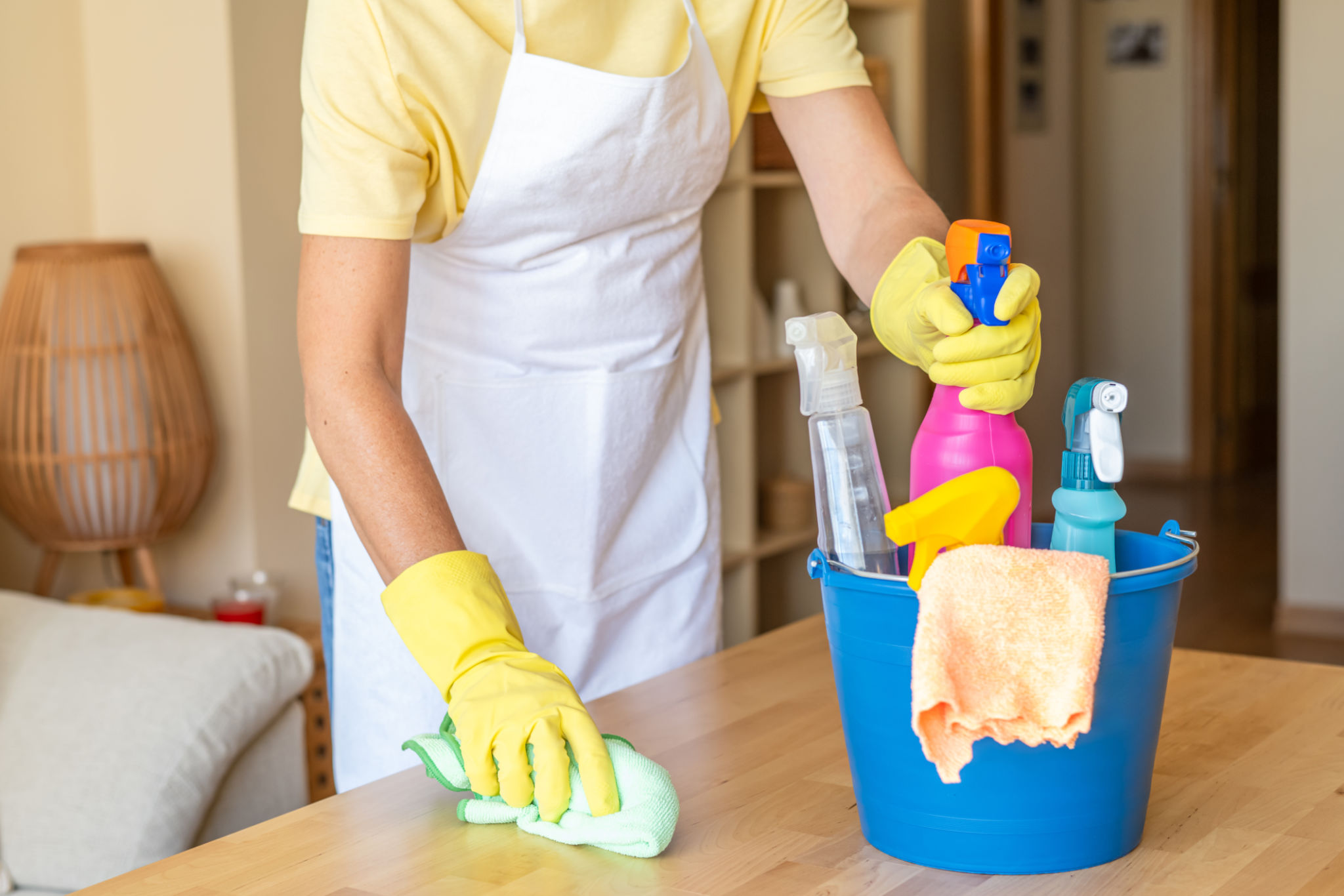Keeping Leeds Schools Safe: Effective School Cleaning Strategies
Introduction to School Cleaning Strategies
Ensuring the safety and well-being of students and staff in Leeds schools is a top priority. A clean learning environment not only promotes health but also enhances the educational experience. With the ongoing concerns about germs and viruses, effective school cleaning strategies have become more crucial than ever.

Understanding the Importance of Regular Cleaning
Regular cleaning is vital in preventing the spread of illnesses in schools. By maintaining clean surfaces, especially in high-touch areas, schools can significantly reduce the risk of infections. This proactive approach helps keep students and staff healthy, minimizing absenteeism and ensuring a smooth educational process.
High-Touch Areas to Focus On
High-touch areas such as doorknobs, desks, computer keyboards, and light switches must receive extra attention. These surfaces are breeding grounds for bacteria and viruses, making them a priority in any cleaning schedule. Implementing a routine that emphasizes these areas can make a substantial difference.
Eco-Friendly Cleaning Products
Utilizing eco-friendly cleaning products is an excellent strategy for schools aiming to protect both their students and the environment. These products reduce exposure to harmful chemicals, ensuring that classrooms remain safe for everyone. They also contribute to sustainability goals, aligning with broader environmental initiatives.

Benefits of Green Cleaning
Green cleaning products offer numerous benefits, including improved air quality and reduced allergies among students and staff. By opting for natural, non-toxic alternatives, schools can foster a healthier atmosphere while maintaining cleanliness standards.
Implementing a Comprehensive Cleaning Schedule
Establishing a comprehensive cleaning schedule is essential for maintaining hygiene in schools. A well-planned schedule ensures that all areas receive the attention they need regularly. This approach not only standardizes cleaning practices but also helps identify areas that may require additional focus.
Components of an Effective Cleaning Schedule
An effective cleaning schedule should include:
- Daily cleaning of classrooms and restrooms.
- Weekly deep cleaning of common areas.
- Monthly checks and maintenance of ventilation systems.

Involving the School Community
Engaging the entire school community in cleanliness efforts can enhance the effectiveness of cleaning strategies. Educating students and staff on hygiene practices, such as handwashing and proper disposal of waste, reinforces cleanliness standards across the campus.
Creating a Culture of Cleanliness
When everyone in the school contributes to maintaining a clean environment, it fosters a culture of shared responsibility. This collective effort not only improves hygiene but also instills valuable life skills in students, preparing them for responsible adulthood.
Conclusion: A Safer Future for Leeds Schools
By implementing these effective school cleaning strategies, Leeds schools can ensure a safer and healthier environment for everyone. Prioritizing regular cleaning, using eco-friendly products, and involving the community are all key components of maintaining high standards of hygiene. As these practices become ingrained in daily routines, they pave the way for a brighter future in education.